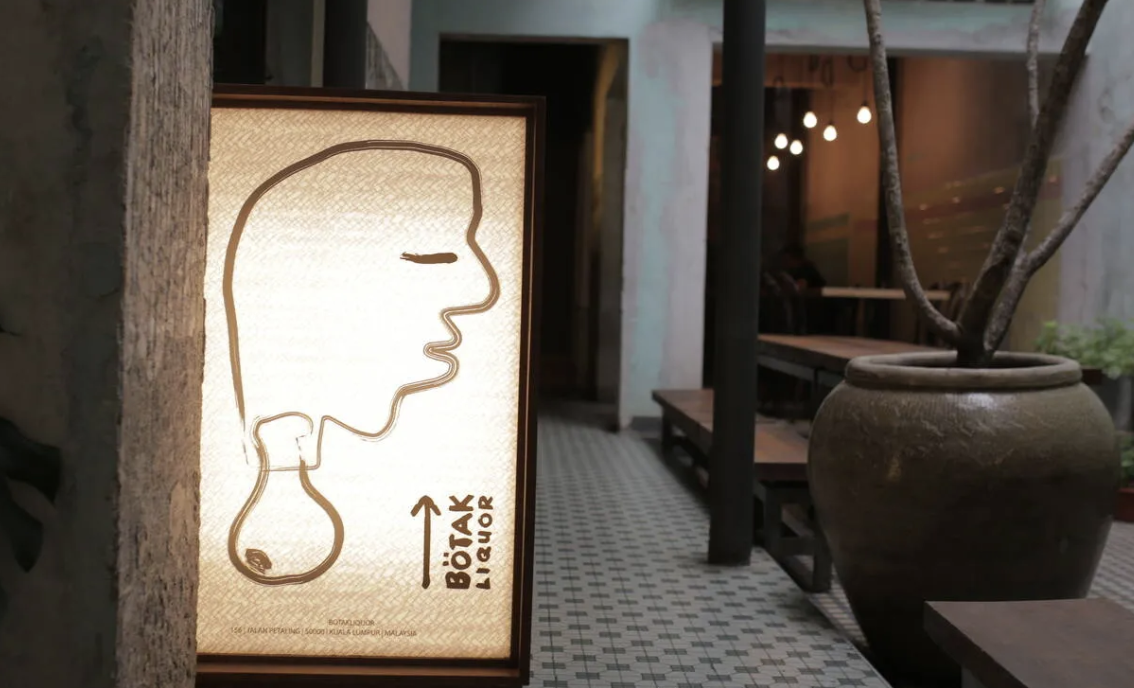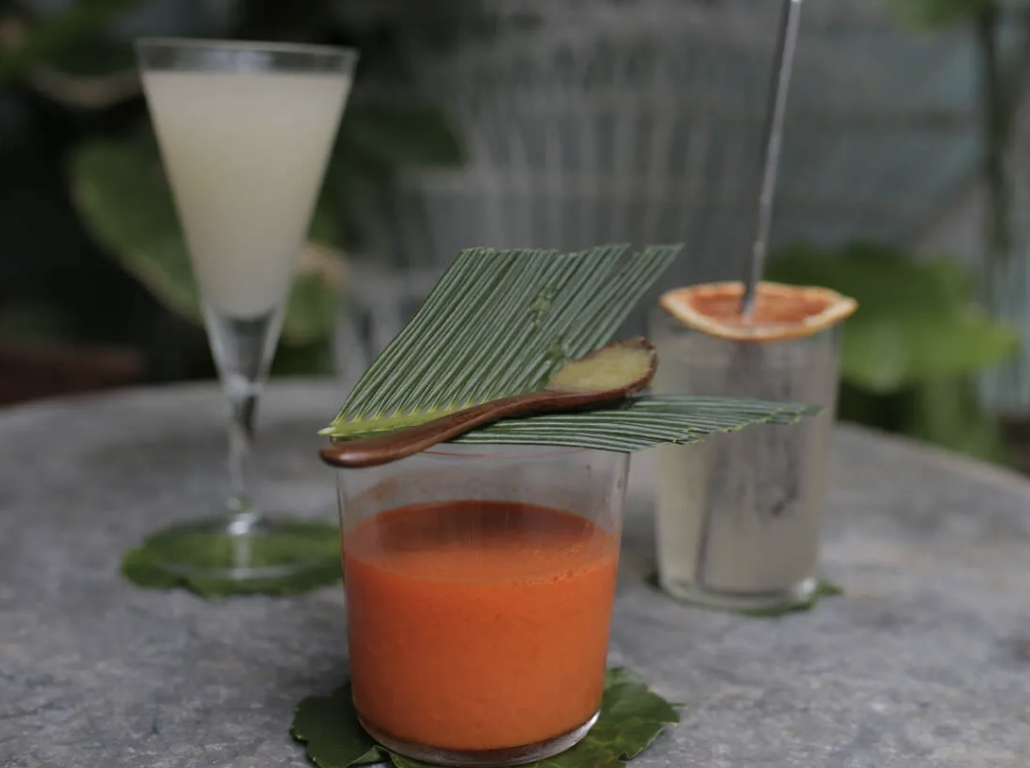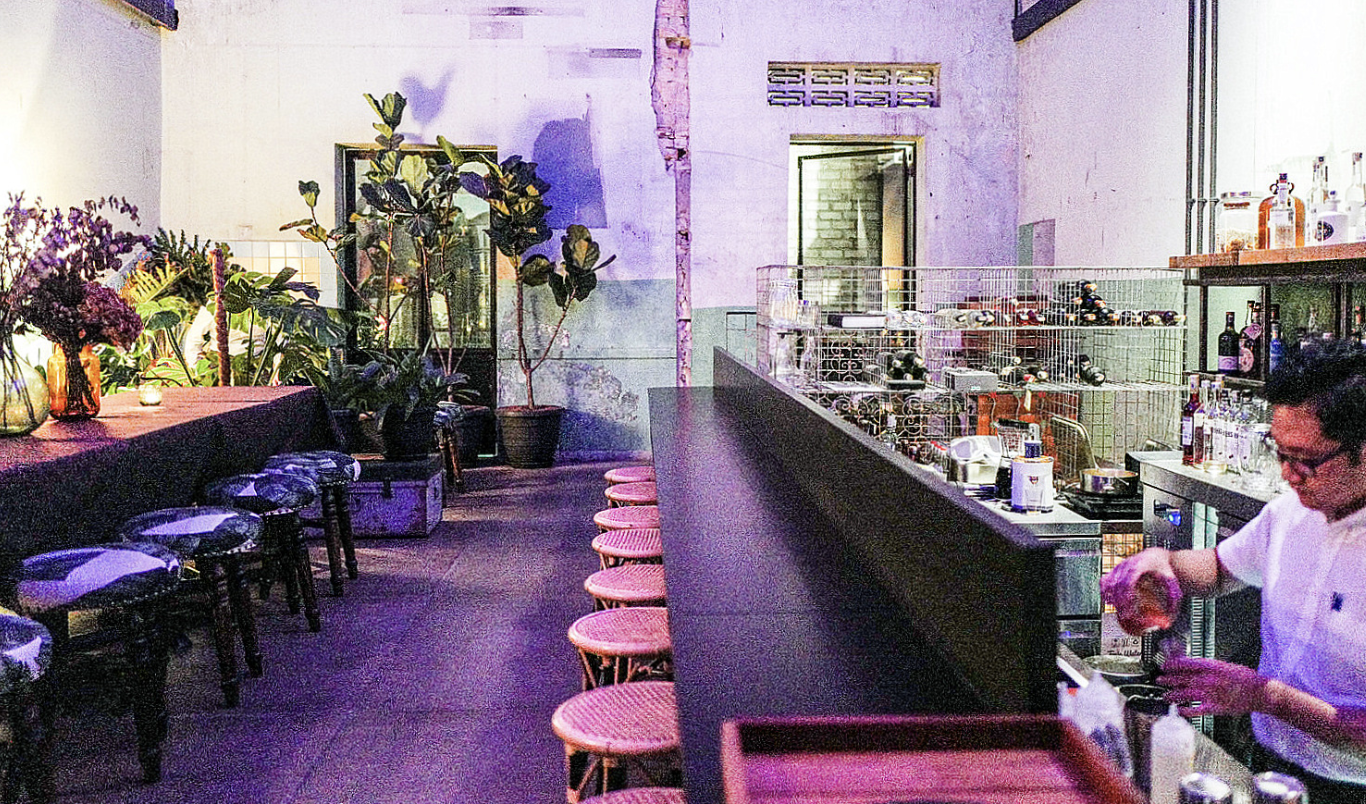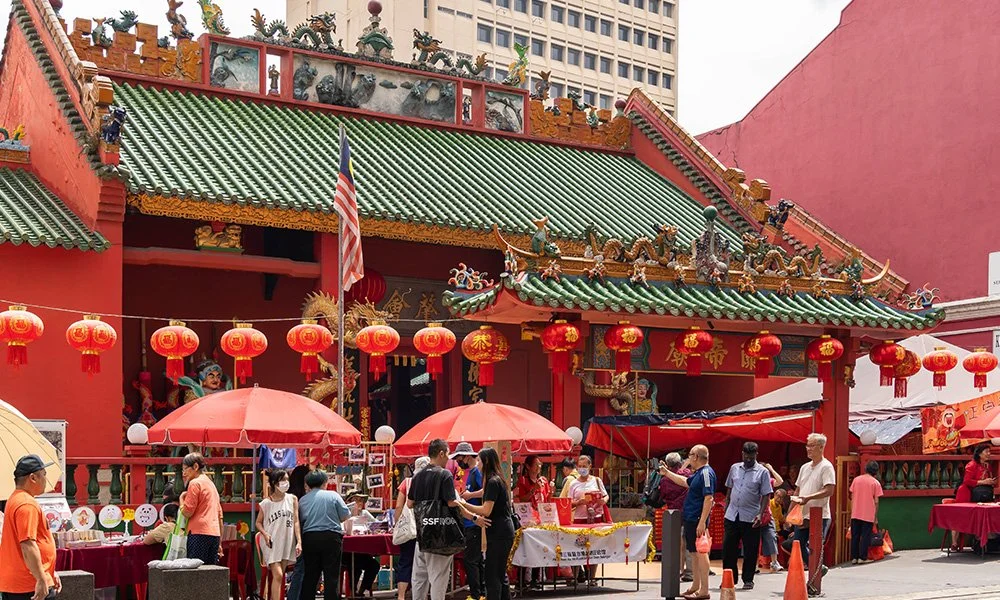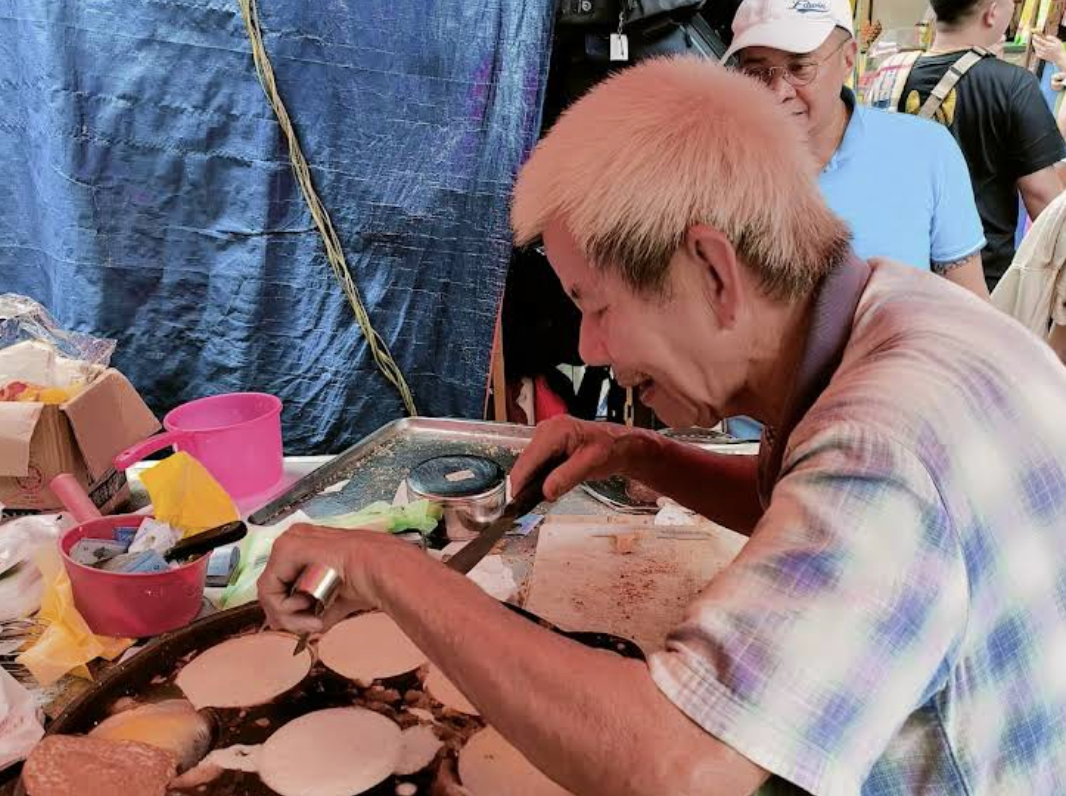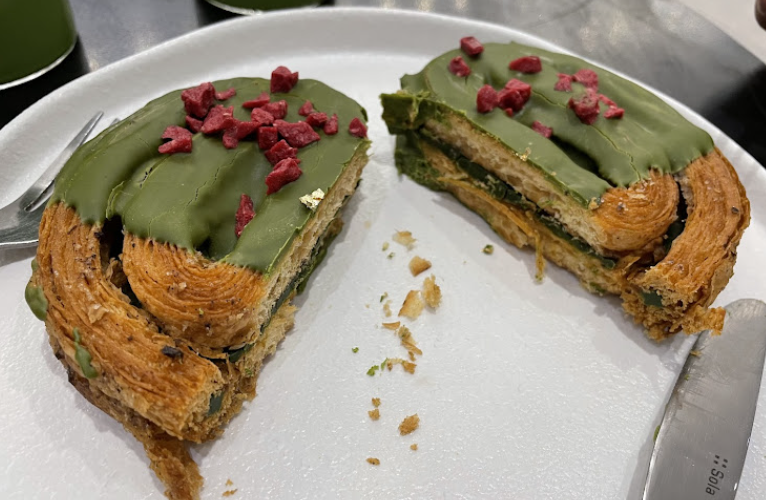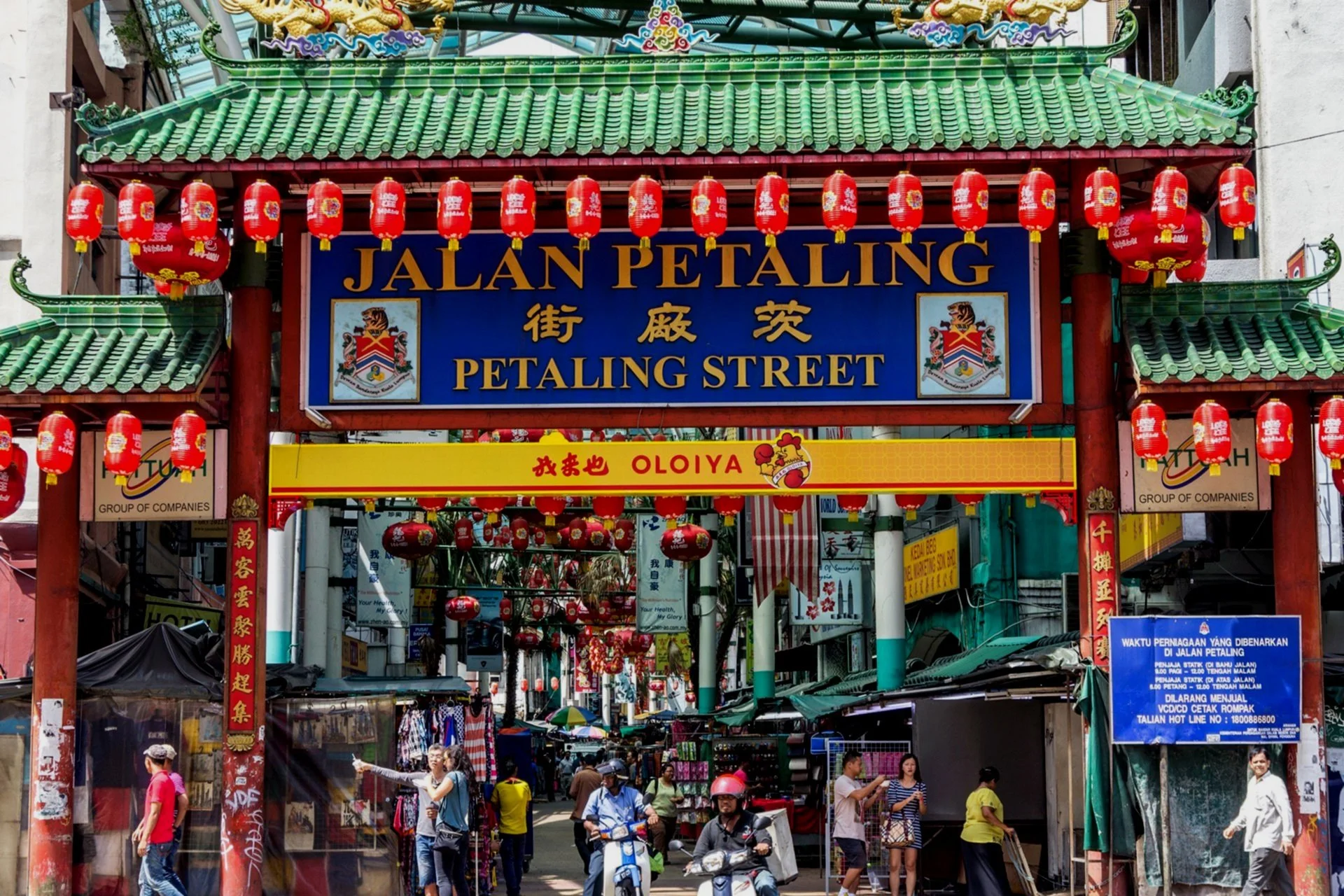
Eating Through Petaling Street: The Ultimate Kuala Lumpur Chinatown Food Tour
Petaling Street—KL’s bustling Chinatown—is a food lover’s paradise.** Amid the neon-lit stalls, souvenir shops, and chaotic energy, some of Malaysia’s most iconic street food thrives. From smoky **char kway teow** to fragrant **Hainanese chicken rice**, this historic district serves up bold flavors that have satisfied locals and travelers for decades.
But with so many options, where should you eat? Skip the tourist traps—this guide dives into Petaling Street’s must-try dishes, where to find them, and the hidden stalls that even seasoned foodies miss. Whether you’re craving crispy roast duck, fiery Hokkien mee, or the infamous stinky durian, I’ve got your ultimate Chinatown food crawl covered.
Guan Di Temple a historical temple in Chinatown KL
Petaling street is one the oldest street in Kuala Lumpur
History of Petaling Street
Kuala Lumpur’s Chinatown, centered around Petaling Street, has been a bustling hub of commerce and culture since the late 19th century. Founded by Yap Ah Loy, a prominent Chinese Kapitan who played a key role in developing early KL, the area became a thriving settlement for migrant laborers, traders, and merchants. Many were drawn by the tin mining boom, and Petaling Street quickly grew into a maze of shophouses selling everything from herbs to textiles. Despite fires, floods, and wartime hardships, the neighborhood endured, retaining its chaotic charm and becoming a symbol of Malaysia’s multicultural heritage.
Over the decades, Chinatown evolved from a gritty trading post into one of KL’s most iconic districts. British colonial influences blended with traditional Chinese architecture, seen in its century-old shophouses and temples like Guan Di Temple (1887). The 1970s saw Petaling Street transform into a pedestrianized night market, attracting tourists with counterfeit goods and street food. Today, while modern development encroaches, Chinatown remains a living piece of history—where old coffee shops and fortune tellers coexist with hipster cafes and boutique hostels, keeping its legacy alive for new generations.
Sultan Road is where the old railway station used to be in Kuala Lumpur
The 1950s saw Kuala Lumpur develop rapidly
In the 1970s migrant workers started moving into the capital Kuala Lumpur
The golden 1980s brought prosperity to the city of Kuala Lumpur
Stop #1: Ah Loh’s Apom Balik
For the ultimate apam balik experience in KL, head straight to Uncle Ah Loh’s legendary stall in front of Koon Kee Wantan Mee on Jalan Hang Lekir. This 69-year-old master has been perfecting his craft for nearly three decades, and it shows—each golden slab strikes the perfect balance between crispy, caramelized edges and a soft, spongy center that practically melts in your mouth. Watch as he works his magic on a giant griddle, expertly slicing the freshly flipped pancake into generous portions with the speed of a street food samurai. No frills, no fuss—just pure, nostalgic perfection that keeps regulars coming back for that unbeatable crunch and just-sweet-enough filling. This is apam balik at its most iconic
Uncle Loh is an icon at Petaling Street
Uncle Loh has been making Apom Balik for more than 30 years
His Apom is very sought after
Uncle Loh has many regulars
Stop #2. A Timeless Legacy Reborn: Fung Wong Biscuit’s Modern Reinvention
Step into Fung Wong Biscuit on Jalan Sultan, and you’ll find a 113-year-old Chinese pastry dynasty reborn for the Instagram age. Gone is the old-world shopfront of its Petaling Street days—replaced by a sleek, sunlit café that wouldn’t look out of place in Taipei or Tokyo. But don’t be fooled by the minimalist marble counters and kedondong trees: the soul of this fourth-generation institution remains in its flaky egg tarts, buttery **wife biscuits, and fragrant kaya rolls, all meant to be savored with an icy *kopi peng* or nostalgic Milo kosong. It’s where tradition wears a contemporary coat, and every bite whispers of history.
From Wedding Biscuits to Wi-Fi: A Family’s Journey Through Crises and Reinvention
The story of Fung Wong reads like a Malaysian epic. Founded in 1909 in Guangdong by Melvin Chan’s great-grandfather, it survived migration to Malaya in 1946, decades as a Petaling Street staple, and the pandemic’s crushing blow. Now, in its new Jalan Sultan home—nestled within a heritage building tied to Kapitan Yap Kwan Seng—the bakery breathes anew. Sun pours through towering windows onto marble-top tables, where *kopitiam* nostalgia meets laptop-toting millennials. Old-timers linger over coffee beside influencers staging pastry shots, while the 50-foot display case gleams with golden bakes. It’s more than a relocation; it’s a phoenix rising—proof that even century-old recipes can find their place in modern KL.
Fung Wong is more than a pretty cafe.
Fung Wong has more than 100 years of History
Fung Wong Biscuit has reinvented itself
Featuring a facade more associated with new trendy cafes, Fung Wong’s new spot has been reinvented to offer classic Chinese pastries in a contemporary café setting.
Stop #3. Niko Neko Matcha 2.0 – Contemporary Minimalist Matcha Mecca
Ask any matcha lover in Malaysia where to find the purest Japanese green tea experience, and one name rises above the rest: **Niko Neko Matcha**. This trailblazing brand didn’t just introduce artisanal matcha to Malaysia—it redefined it, sourcing premium single-origin powders from Japan’s most revered tea regions. Whether whisked into velvety lattes or folded into delicate pastries, each creation carries the terroir of its roots, from Yame’s nutty depths to Mie’s creamy umami. The aesthetic is a study in minimalist contrast: serene, all-white spaces that feel more Kyoto zen garden than KL café, yet pulsating with a modernity that draws crowds even before opening.
A Temple of Terroir: Where Design Meets Flavor Precision
Step into Niko Neko Matcha 2.0, and the reverence for detail is palpable. The elongated, gallery-like space—bathed in light from a striking metallic ceiling frame—showcases matcha as both ritual and art. To the left, porcelain bowls sit like museum pieces; to the right, a sleek bench beckons devotees to linger. But the true alchemy lies in the menu’s four ceremonial-grade powders: REN (Mie’s lush, umami-rich pinnacle), KIKU (Yame’s toasted-note expression), Ajisai (bold with soybean earthiness), and YURI (a balanced Mie classic). Each sip is a passport to Japan’s tea fields, proving that Niko Neko isn’t just serving matcha—they’re curating an obsession.
Right in the middle of the cafe, this is where the matcha bar counter is located and with all the food and drinks preparation taking place here.
The highlight is the metallic frame lining the entire ceiling, with light bulbs illuminating the entire space.
A Matcha Mecca
With a strong branding and quality matcha food and drinks, Niko Neko is definitely worth a visit if you are planning a trip to Kuala Lumpur.
Stop #4. Wildflower: An Award Winning Restaurant
Located on a corner lot, the walls of Wildflowers KL open up to the street, making the ground floor a casual, inviting space. Two semi-private dining areas, a bar and tables fill the eclectic space. My favouritism, however, leans towards the upstairs dining area with a massive amount of indoor greenery and a transparent ceiling streaming natural light.
The menu at Wildflowers KL offers sharing plates with a creative melding of flavours and techniques from around the world. It’s best to grab a bunch of friends and go wild with your selections. Take on a mixed-up medley of mouthfuls from lands afar with a strong connection to home.
It is refreshing to find a restaurant team not bound by the norm; one who grows wildly free in the development of a concept. Wildflowers KL is unlike any restaurant I know in the city. Many will come initially for the design, but even more, will return for the exciting menu of food and beverage.
A Bold New Bloom in KL's Dining Scene
From the creative minds behind Merchants Lane comes **Wildflowers KL**, a daring new concept blossoming in Chinatown's vibrant streets. This isn't just another café - it's a full-fledged culinary rebellion where polished industrial design meets lush greenery, craft cocktails, and boundary-pushing fusion cuisine. Founding partners Ken Ho and Matthew Goh describe it as their grown-up evolution: "Like wildflowers, our ideas grow randomly where there's sunlight and rain," says Ho, while Goh adds with a wink, "We're not crazy - just very real." The space itself is a revelation, with walls that open to the street below and an upstairs dining area that feels like an urban greenhouse, bathed in natural light from its transparent ceiling.
Where Culinary Rules Are Meant to Be Broken
Wildflowers KL's menu is an exhilarating passport-free journey across global flavors, best experienced through their inventive sharing plates. This is dining without borders - where familiar Malaysian notes collide with unexpected techniques in dishes that beg to be Instagrammed but demand to be devoured. What truly sets Wildflowers apart is its fearless approach: this is a team that cooks (and drinks) purely by what delights their palates, resulting in one of KL's most genuinely original concepts. While the stunning design will undoubtedly draw crowds, it's the bold, rule-breaking menu that will keep them coming back - proof that in KL's competitive dining scene, sometimes the wildest flowers make the strongest impression.
Located on a corner lot, the walls of Wildflowers KL open up to the street,
It is refreshing to find a restaurant team not bound by the norm
Wildflowers offer the best dinning experience in Petaling Street
Their interior designs have won many local awards
The menu at Wildflowers KL offers sharing plates with a creative melding of flavours and techniques from around the world.
Semi-private Dining Area at Wildflowers
Stop #5 Botak Liquor: A Botanical Cocktail Revolution
The space above Chocha Foodstore has undergone a delicious metamorphosis, transforming from Ray - KL's pioneering tap cocktail bar - into Botak Liquor, a verdant oasis celebrating all things botanical. Nestled in a heritage Chinatown shophouse alongside notable neighbors like PS150 and The Attic Bar, this reborn establishment takes the 'farm-to-glass' concept seriously, with hanging plants cascading from every corner and a sprawling communal table that fosters conviviality. The spiral staircase leads to a space that feels equal parts urban jungle and sophisticated drinking den, where the greenery isn't just decor but a promise of the fresh, organic ingredients that define their innovative cocktails.
Where Nature Meets Mixology Mastery
Botak Liquor's true genius lies in its liquid offerings, where ingredients travel straight from farm to shaker without compromise. Their playful yet refined approach yields creations like the vibrant limau purut and carrot cocktail - a bold harmony of pineapple pisco, kefir lime, and house-made hot sauce that dances between spicy and sour - or the unexpectedly brilliant nangka and grapefruit tequila concoction elevated by charcoal salt. While maintaining Ray's legacy of tap cocktails (now botanical-infused), Botak Liquor has carved its own identity, proving that in KL's competitive bar scene, the freshest ingredients mixed with unbridled creativity make for the most memorable tipples. This isn't just a rebrand - it's a reinvention that cocktail enthusiasts need to experience firsthand.
